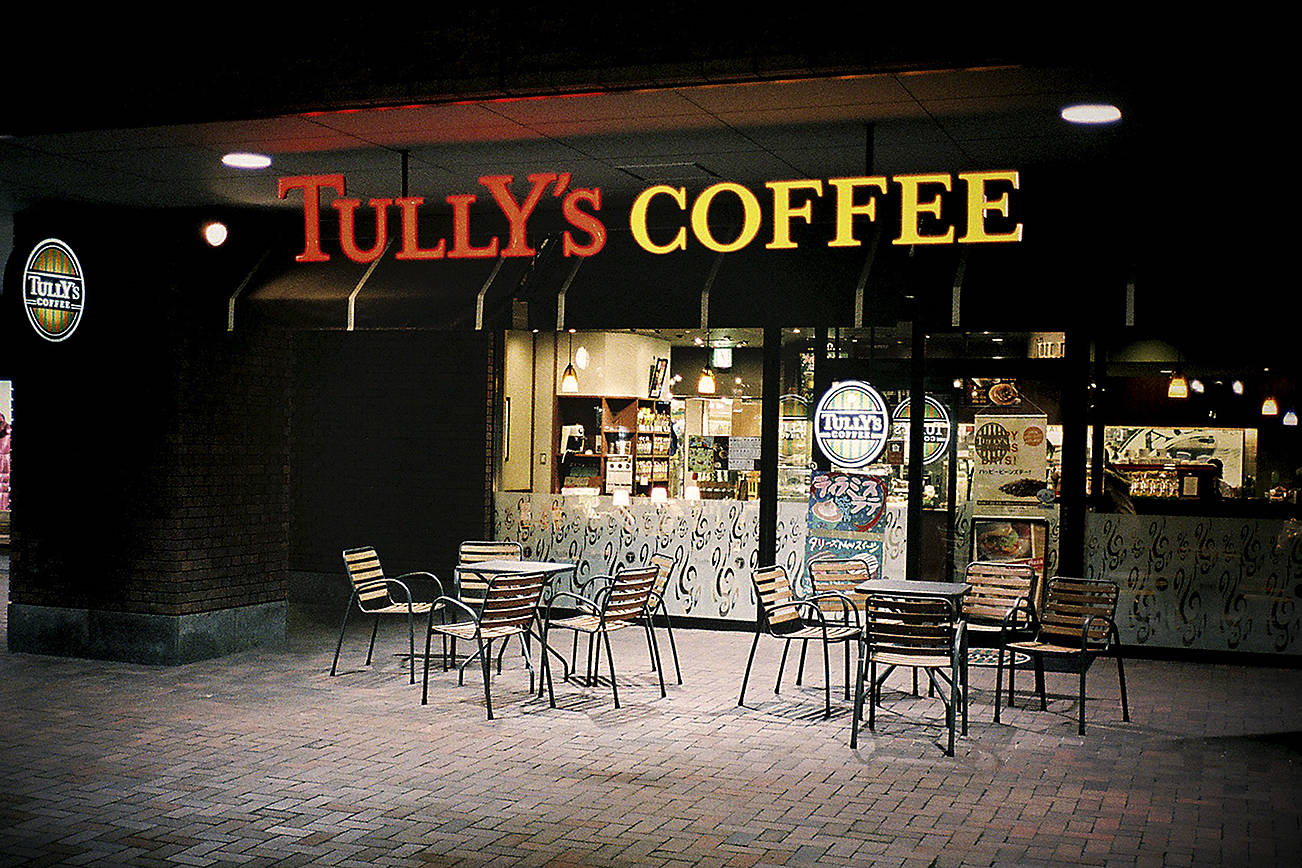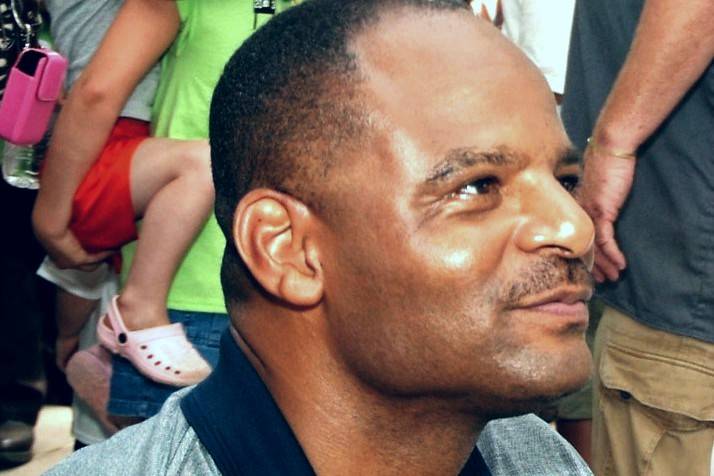StoverThe state’s first known motion for a new trial based on the alleged misconduct of a tweeting juror was rejected yesterday by a Skagit County Superior Judge who decided no harm, no foul. Imprisoned killer Michiel Oakes had sought reversal of his 2010 conviction in the sensational murder of dog-trainer-to-the-stars Mark Stover. However, Oakes will now take his Twitter claims – detailed in a May Seattle Weekly cover story – to the state court of appeals. Oakes claimed that jury-room tweets by Anacortes teen juror Caleb Chase violated Oakes’ right to due process and a fair and impartial jury. Chase issued at least 20 tweets throughout the four-week trial, though most seemed innocuous. The 19-year-old did not reveal on which trial he was sitting until the verdict was rendered, telling his 94 followers that day: “Oh, and Dateline [NBC] wants to interview any/all of us on the jury. I’m think[ing] that I will probably say yes.”Though there have been appeals based on jurors resorting to Twitter and other social media during trials across the U.S., retired State Supreme Court Justice Gerry Alexander told us Oakes’ Twitter claim was a novelty in Washington. “During the 17 years I served on the Supreme Court of Washington, the court was never confronted with a case where a juror was tweeting during a time when the juror was empaneled,” Alexander said.Yesterday, Skagit judge Mike Rickert, who presided at the original trial, was so confronted. But he decided that Chase’s tweets did not create an unfair situation in his court, apparently because most related to such things as “cake in the jury room,” for example, without revealing anything directly about the case. “The court found that there was no misconduct based on these particular tweets and that there was no prejudice to the defendant based on these particular tweets,” Skagit County senior deputy prosecutor Rosemary Kaholokula tells us. (She successfully prosecuted Oakes two years ago).In her court brief, Kaholokula argues that Oakes “has not identified any factors that would lend one to conclude that the jury’s deliberation could have been affected.”Rickert also rejected a request for a new trial based on Oakes’ claims that his original appearances in the case were held in a “closed” courtroom – it was open, Rickert said – and held that Oakes’ right to an attorney was not violated during those appearances, Kaholokula says.Oakes’ attorney, Suzanne Lee Elliott of Seattle, was disappointed in the judge’s conclusions. She tells us that the first two hearings took place in a courtroom that was closed to the public, and that “testimony showed that the court does not acknowledge the existence of these hearings in any written or online materials, and does not post any listing of the people who will appear on that calendar on a given day. The courthouse is locked at that time, the security screeners have not arrived, and there is no sign explaining how people can enter.”But there is something of a secretive way to gain entry, as local criminal defense attorneys know: They can get into the court by knocking on the judge’s window or calling the jail staff through an intercom, Elliott says. One of those attorneys testified that he had twice attempted to bring family members of his client in to court with him and the jail denied his requests.”Judge Rickert acknowledged that it was very difficult for members of the public to attend these hearings but found that the courtroom was not truly closed,” she says.And while Rickert concluded that the juror’s tweets did not clearly violate the court’s orders during trial, he did note, she adds, “that the court now specifically tells jurors to refrain from tweeting and other forms of social media during trials.” Elliott says she and co-counsel David Zuckerman plan to appeal the rulings, “along with other issues stemming from the jury trial,” to the court of appeals, seeking a new trial at that level.The jury took little time in convicting Oakes after the four-week trial, finding him guilty of shooting and disposing of Stover’s body. Oakes claimed he merely went to chat with Stover that fatal day in 2009 (though he wore an armored vest to the meeting) and insisted he fired in self defense. Known as “Seattle’s Dog Whisperer” in tabloid TV accounts, Stover, 57, had a dominating psychological kinship with animals. Communing on their level, he first trained a dog to behave, then its owner. His success brought him wealth and such clients as Starbucks CEO Howard Schultz, musician Eddie Vedder, and then-Mariner Ichiro Suzuki.Oakes had reportedly become a lover to Linda Opdycke, Stover’s wife of three years and the daughter of the co-founder of the Ste. Michelle Winery. She had divorced Stover, then accused him of stalking her. Judge Rickert characterized Oakes as Opdycke’s “Knight,” trying to “win the hand of the princess” after he was found to have shot Stover and pumped three bullets into his guard dog at Stover’s Anacortes home and kennel. The dog lived; Stover’s body was never found.Oakes, 47, has already had his 26-year term shorted by almost 11 months. Court records show he was given 319 days credit for time severed prior to and during his trial. That credit should have been included in his 2010 sentence, the Skagit court ruled last May.
More Stories From This Author
King County accepting flood debris for free
Three stations will take your garbage and yard waste on weekends through Jan. 11.
December 22, 2025 12:00 pm
Renton man accused of ramming Seattle police
The suspect was allegedly in a stolen Porsche.
By
Joshua Solorzano • December 22, 2025 9:30 am
Update: I-90 reopens after debris closes portion in North Bend
UPDATE: As of 1:36 p.m. Thursday, Dec. 11, all lanes of eastbound I-90 have reopened at Winery Road (milepost 27),…
December 10, 2025 3:30 pm







